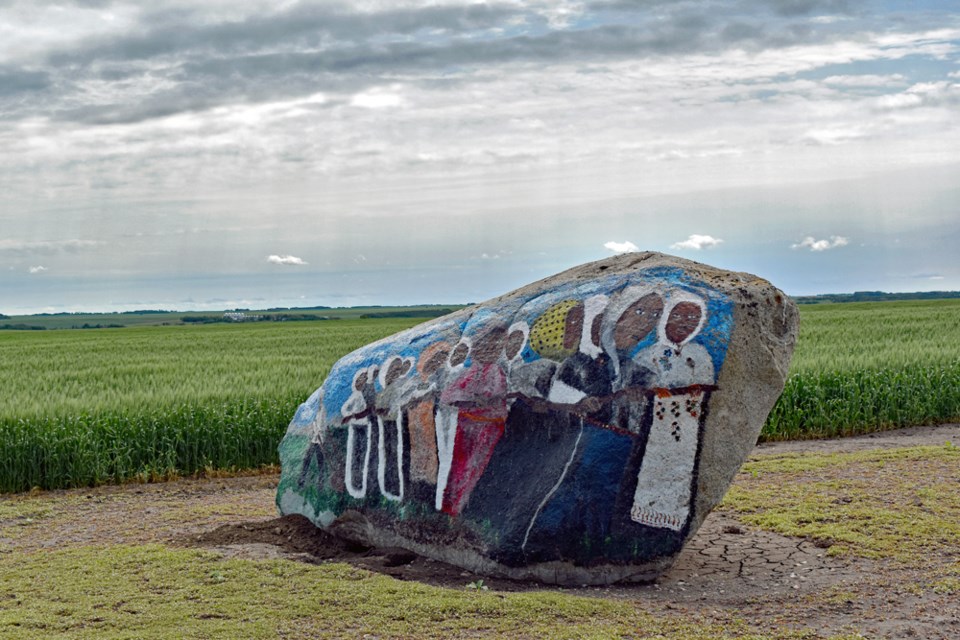BLAINE LAKE — Not too many people know the story of the Doukhobors and their part in Canadian history. Brenda Cheveldayoff wanted to change that with the help of the Doukhobor Dugout House in the Blaine Lake area.
The Doukhobors are a religious minority group in the then-Russian Empire, which follows the Eastern Orthodox as its religion. They are Christian pacifists and have been persecuted for their beliefs and their resistance to the Russian Orthodox Church.
And just like other Christian groups in Europe that left their countries in the 1600s, they too left Russia to escape persecution and to worship freely. More than 7,000 Doukhobors, with the help of author Leo Tolstoy, immigrated to Canada.
The Doukhobor Dugout House, the site where Russian Doukhobor immigrants first settled in the prairie lands of Saskatchewan, was named a Provincial Heritage Property in 2005 and a National Historic Site of Canada in 2008.
Cheveldayoff said that although she did not get to meet her great-grandfather, Ikaov Fedor Popoff, alive she still feels the connection with him through the Doukhobor Dugout House. Her great-grandfather was among the Doukhobor people that immigrated to Canada in 1899.
The Doukhobor Dugout House is the actual site where her grandfather, who was an 11-year-old orphan lived with other people in the 436-square-foot dugout that was built in 1899.
“He [Popoff] lived here with 300 other people on the ground down in the ravine. So, my connection to the Doukhobors is to him. When he turned 16, he got married and purchased this place. My dad would always talk about it,” Cheveldayoff told SASKTODAY.
The site became the homestead of the Popoffs in 1925 and Cheveldayoff’s father, Sam James Popoff, took over the farm, as he valued the history that was associated with the land and the original ravine where the house was built.
Cheveldayoff said she only saw her great-grandfather in the pictures that are now hung on the prayer home at the Dugout House, but got to know him more based on the numerous stories her father told her.
“My dad wasn’t even born when my great grandfather died. I just learned about my great-grandfather through stories from my dad for years. My dad always talked about stories of the past,” she said.
She added that when her dad died, she inherited the property and later learned more about the historical significance of the site after finding an old National Geographic issue that featured the Doukhobors’ history in Canada.
“I was cleaning the machine shed, which is now a museum, and I came across a duffel bag. When I opened it there was an old issue of the National Geographic magazine. I browsed through and I saw that he [Popoff] was interviewed by National Geographic,” said Cheveldayoff.
“To get interviewed by National Geographic means that you have something significant. They are not just going to interview anybody. I then, after getting the property, contacted the University of Saskatchewan to help me.”
She asked USask’s Department of Archaeology and Anthropology to do an archaeological dig. There were several meetings and extensive planning before finally beginning work in 2004 to find artifacts and other historical items.




